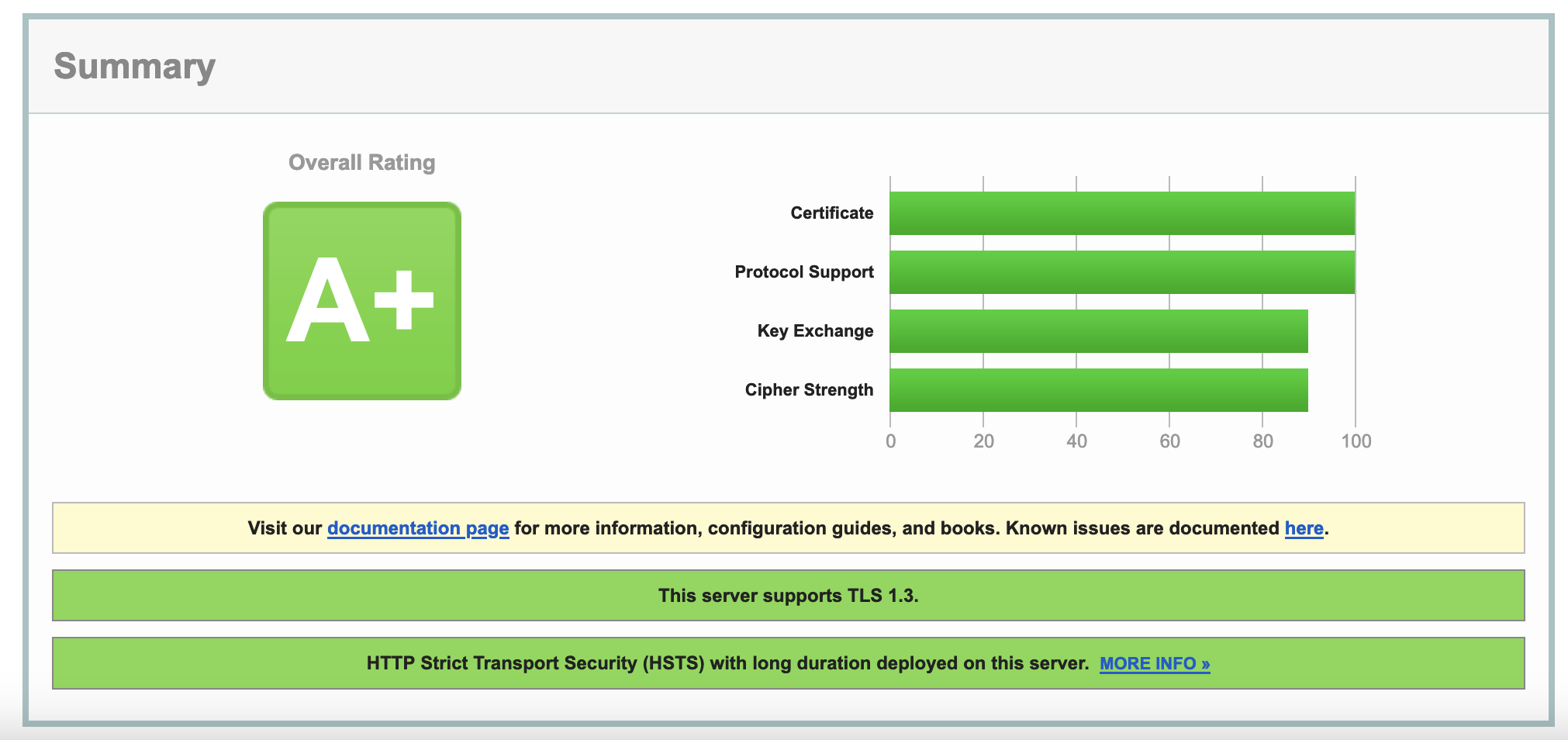The best HIPAA compliant email contains strong security features with ease of use and reasonable pricing. Top options include properly configured Google Workspace or Microsoft 365 accounts with Business Associate Agreements in place. Look at HIPAA compliant email platforms that offer encryption, access controls, audit logging, and secure mobile access while fitting their practice size, budget, and technical capabilities.
HIPAA Compliant Email Features
Healthcare professionals require email systems with particular security capabilities to protect client communications. Any HIPAA compliant email must include automatic encryption that works without requiring clients to create accounts or remember passwords. You need detailed access logs that document when messages were sent, received, and viewed. Message recall capabilities help address accidental disclosures before they become compliance issues. Calendar integration supports secure appointment scheduling and reminders. Mobile access controls ensure therapists can communicate safely from smartphones and tablets during off-hours or between office locations. Document sharing features allow secure exchange of intake forms and treatment plans. These capabilities help therapists maintain compliant communications while managing their practice efficiently.
Popular HIPAA Compliant Email Platforms
Several email providers offer solutions well-suited to mental health professionals. Hushmail for Healthcare includes features designed for therapists with web-based secure forms for client intake and customizable email templates. Paubox delivers encrypted email that works without requiring recipients to take extra steps, making it ideal for client communications. Virtru integrates with existing Gmail or Outlook accounts to add HIPAA compliant protections without changing email addresses. Google Workspace and Microsoft 365 provide affordable options when properly configured with appropriate security settings and covered by Business Associate Agreements. Smaller therapy practices often prefer these mainstream platforms for their familiarity and integration with other practice tools.
Security Considerations for Healthcare Communications
Secure healthcare communications require thoughtful security approaches due to their sensitive nature. HIPAA compliant email should include protections against phishing attacks that might target patient information. Data loss prevention tools identify and secure messages containing sensitive information even when users forget to enable encryption. Account recovery procedures must balance security with practicality for small practices. Multi-factor authentication prevents unauthorized access even if passwords are compromised.
For example, healthcare personnel handling substance use disorder information need email systems that comply with both HIPAA and 42 CFR Part 2 requirements. Solutions should accommodate supervision relationships where communications may need controlled sharing with supervisors.
Client Experience and Usability Factors
The best HIPAA compliant email solutions balance security with positive client experiences. Buyers should evaluate how encryption affects the client’s process for reading and responding to messages. Some solutions require clients to create accounts or install software, while others deliver protected messages that open with minimal friction. Mobile compatibility matters as many clients prefer communicating from smartphones. Branding options allow therapists to maintain professional appearance in all communications. Automated responses help set appropriate expectations about response timing and emergency protocols. Client-facing secure forms streamline intake processes while maintaining compliance.
HIPAA Compliant Email Implementation for Medical Practices
Implementing secure email requires planning tailored to medical practice workflows. Solo practitioners need solutions with straightforward setup and minimal ongoing maintenance. Group practices benefit from centralized administration that enforces consistent security policies across all therapists. Practice management integration connects secure email with scheduling, billing, and documentation systems.
Transition planning helps migrate existing communications to new secure platforms without disrupting client relationships. Documentation templates ensure compliance with both HIPAA and professional ethical standards for electronic communications. Training materials must address both technical operation and appropriate clinical use cases. When implementing HIPAA compliant email practice admins should create workflow procedures that incorporate secure communication into their practice routines.
Cost Considerations For Selecting Email Services
Healthcare providers must balance security requirements with budget realities when selecting HIPAA compliant email. Pricing models vary significantly, with some services charging per user while others offer flat-rate plans better suited to solo practitioners. Additional fees may apply for features like secure forms, extra storage, or advanced security controls. Implementation costs include time spent on configuration, training, and client education about new communication methods. Some platforms offer discounted rates for professional association members or multi-year commitments. Buyers should calculate the total cost of ownership beyond monthly subscription fees, including technical support and compliance documentation. Affordable HIPAA compliant email options exist for practices of all sizes, but require thoughtful evaluation of both immediate pricing and long-term value.
Integrating Email with Broader Practice Security
HIPAA compliant email represents one component of comprehensive practice security. Email solutions should complement electronic health record systems while maintaining appropriate boundaries between clinical documentation and communications. Device management policies ensure therapists access email securely across computers, tablets, and smartphones. Backup procedures preserve communications while maintaining security protections. Incident response planning prepares therapists for addressing potential security issues or breaches. Regular security reviews evaluate whether email practices continue to meet evolving compliance requirements. By integrating email security with broader practice safeguards, therapists create communication systems that protect client information throughout its lifecycle.










